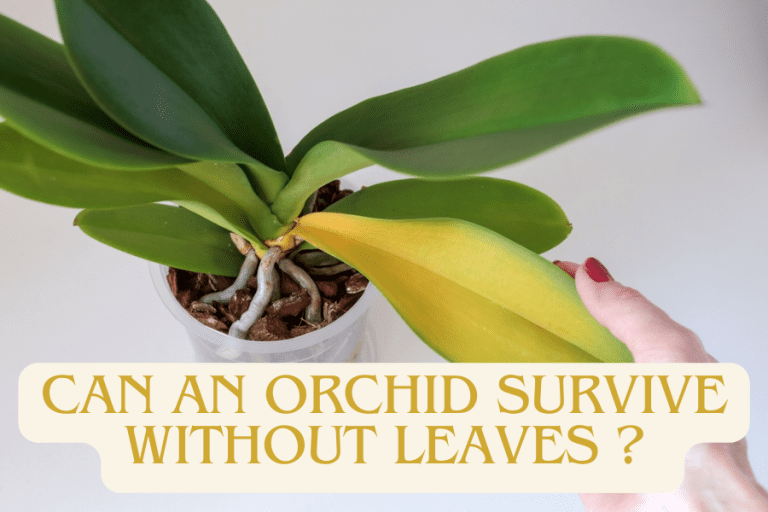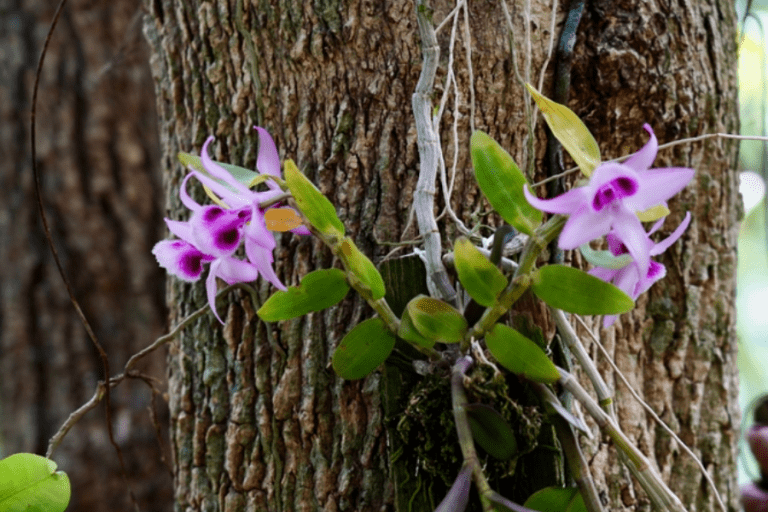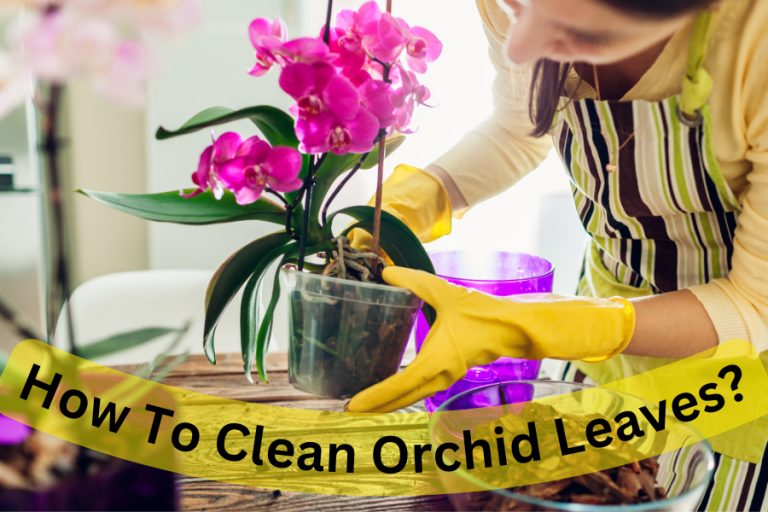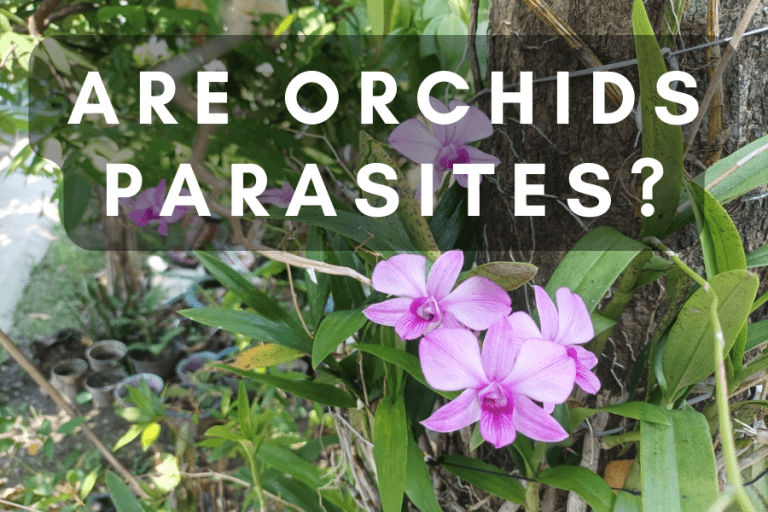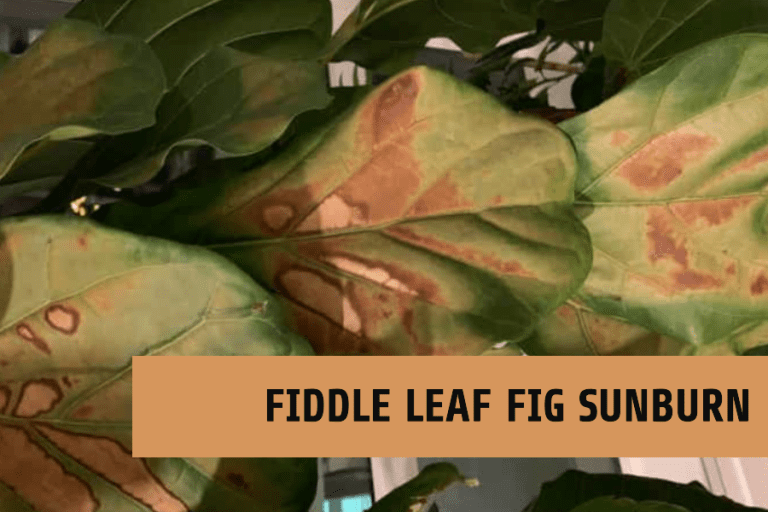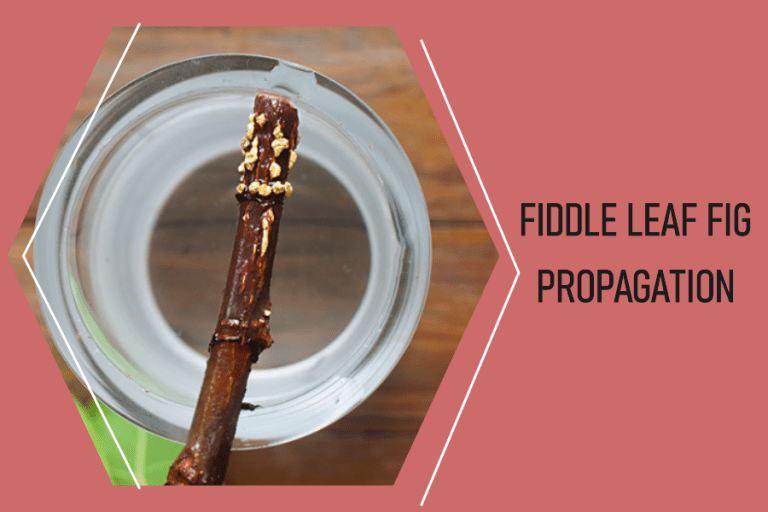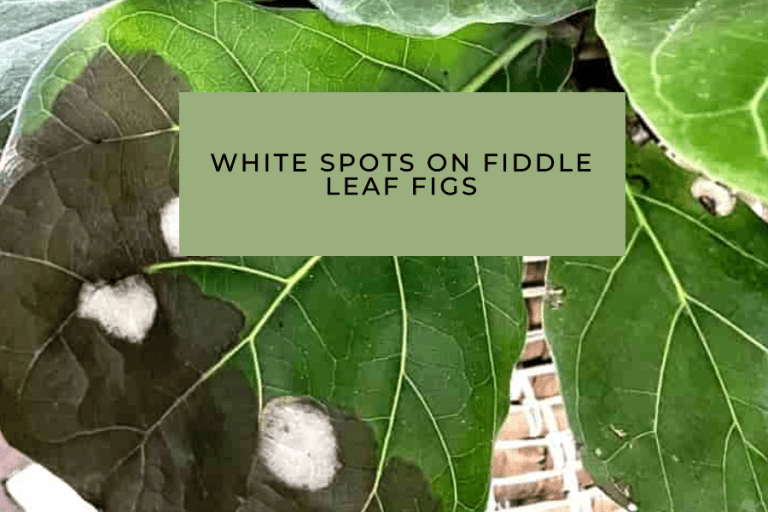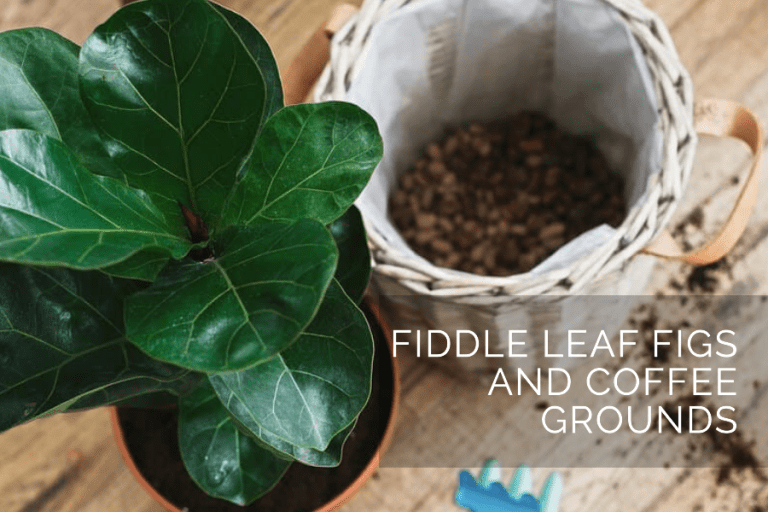Orchid New Spike Vs Root – Get To Know Your Orchid Better!
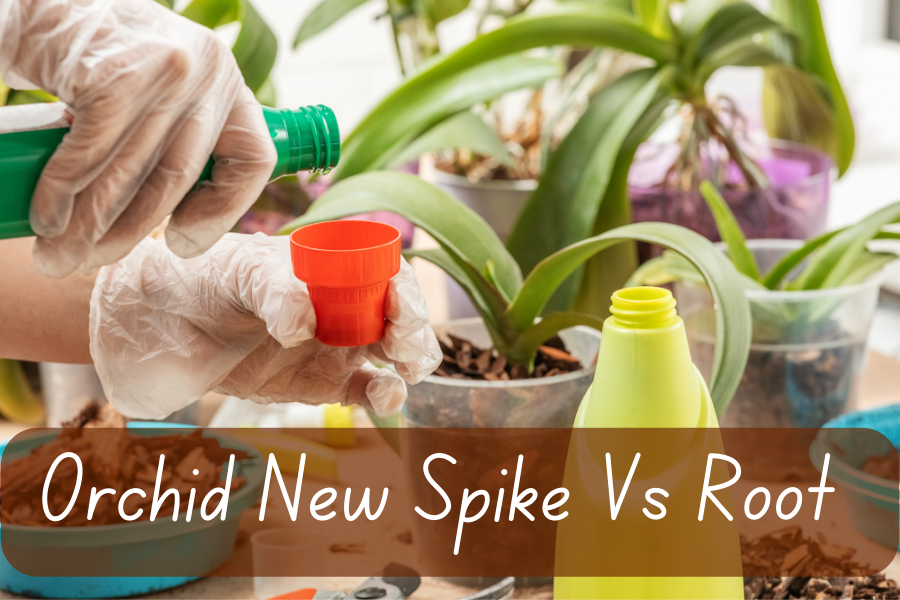
When you find new growth on your orchid, you may be wondering what you are looking at. It’s exciting when you first spy a tiny bump of green poking out among the leaves at the base of orchid plant. It can be hard to tell the difference, especially if you’re new to orchid care.
The big question is, “Is it a orchid new spike vs root?“ In this article, we’ll guide you through the key indicators, supported by clear images and practical tips. After all, mistaking a root for a spike could lead to misguided care, affecting the plant’s health and blooming potential.
How To Identify Orchid New Spike Vs Root?
When a new root or flower spike starts to grow at the base, there is a distinct difference between the two.
New orchid flower spikes
Brand new flower spike growing out is a slightly brighter green and a tad flattened. These are called keikis (baby orchids), and they can be viable plants on their own once their roots grow long enough. Spikes emerge from the same area of the plant as some ariel roots, which is why it easy to confuse them.

Before an orchid blooms, each spike will have a number of nodes ascending it. Below, we can see a node, which resembles a little half-envelope ascending a branch; every node has the capacity to split off and form its own.
New orchid roots
Orchid roots have rounded green tips, and they appear under leaves rather than between leaves. Sometimes, it can be short, reddish growth on the base of the plant. Normally, on most moth orchids, it will probably be light green in color, but in this particular plant, it’s reddish.
The roots are covered by an epidural layer of spongy tissue called the velamen. This helps orchid roots absorb water and nitrogen from the air. When Phalaenopsis orchid roots are healthy, the velamen are silvery white, round, and full.
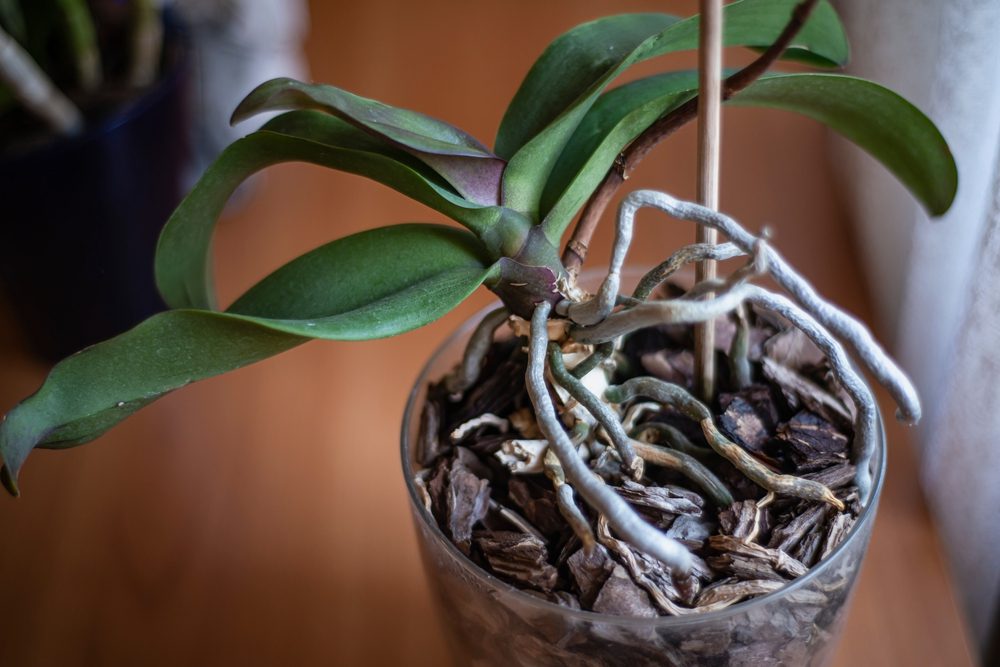
As water is absorbed, the velamen turns green and then returns to its natural white color a few hours after needing water. Velamen covers the length of each root except the tip, which, when healthy will be glossy green or reddish and pulsating.
| Characteristic | New Spike | Root |
|---|---|---|
| Appearance | Greener, thinner, mitten-like tip, grows upwards | Thicker, rounder, brighter green tip |
| Direction of Growth | Upwards or towards light | Downwards or outwards, aerial roots vary |
| Location on Plant | Emerges from between leaves, often near base | Grows from beneath or along stem |
| Texture and Feel | Smoother, delicate structure | Firmer, more rigid |
| Color | Bright green, similar to leaves | Lighter, brighter green, darkens with age |
Expert Tips on Growing Orchid New Spike and Root?
You can find out how to make an orchid grow a new spike in a few steps:
Watering
It is undeniable that watering is one of the essential factors in getting a new flower spike. Your orchid can stress leading it to drop flowers when it are not receiving enough water.
You need to find the right balance for your orchid; never let it get too completely dry. They should be watered every 10-14 days, other species of orchids may require less watering or more frequent watering.
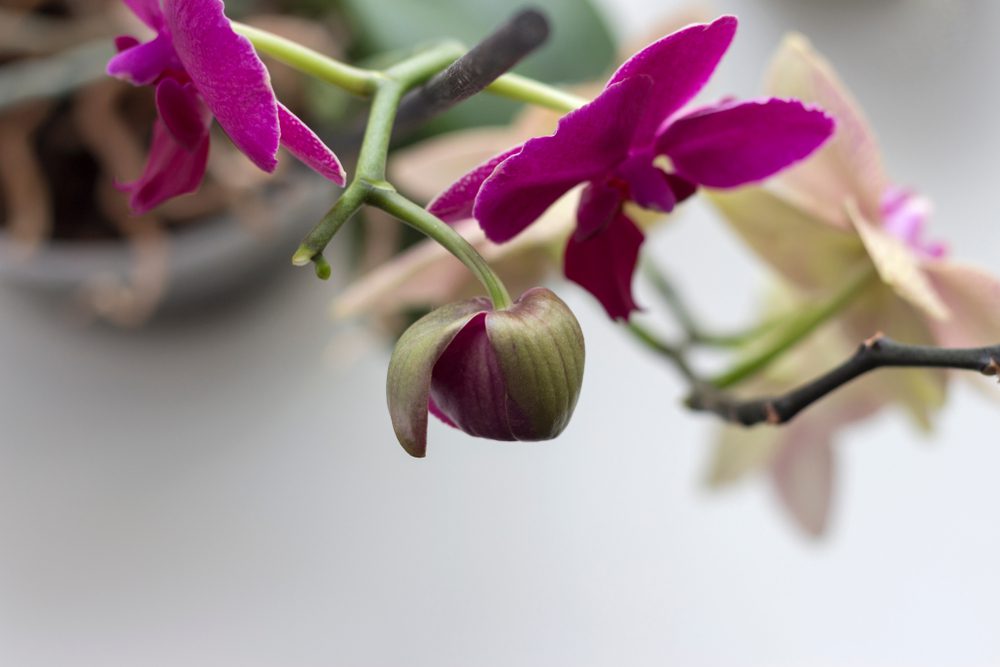
Light
Orchids don’t like being kept in direct sunlight but if they not receive enough light will die very quickly. Indirect light is best for orchids, try to avoid direct sun because it can burn orchid flowers and leaves. In their natural habitat, they receive filtered sunlight from the dense canopy of trees in the forests.
Fertilizing
Fertilizing flowering orchids can promote the growth of foliage instead of the development of the flower buds. Make sure to follow the instructions on the fertilizer, as you don’t want to overfertilize your orchid.
To many people, fertilizer may seem optional when taking care of plants. This isn’t true at all, and the majority of potted plants will suffer or not grow as well without applications of fertilizer.
Conclusion
The journey of nurturing an orchid is both rewarding and interesting, requiring a keen eye and understanding of the plant’s needs. Distinguishing between new spikes and roots is a fundamental aspect of orchid care.
Remember, appropriate lighting, adequate watering, and proper fertilization are key to encouraging healthy growth, whether it’s a vibrant new spike or a robust root system.

